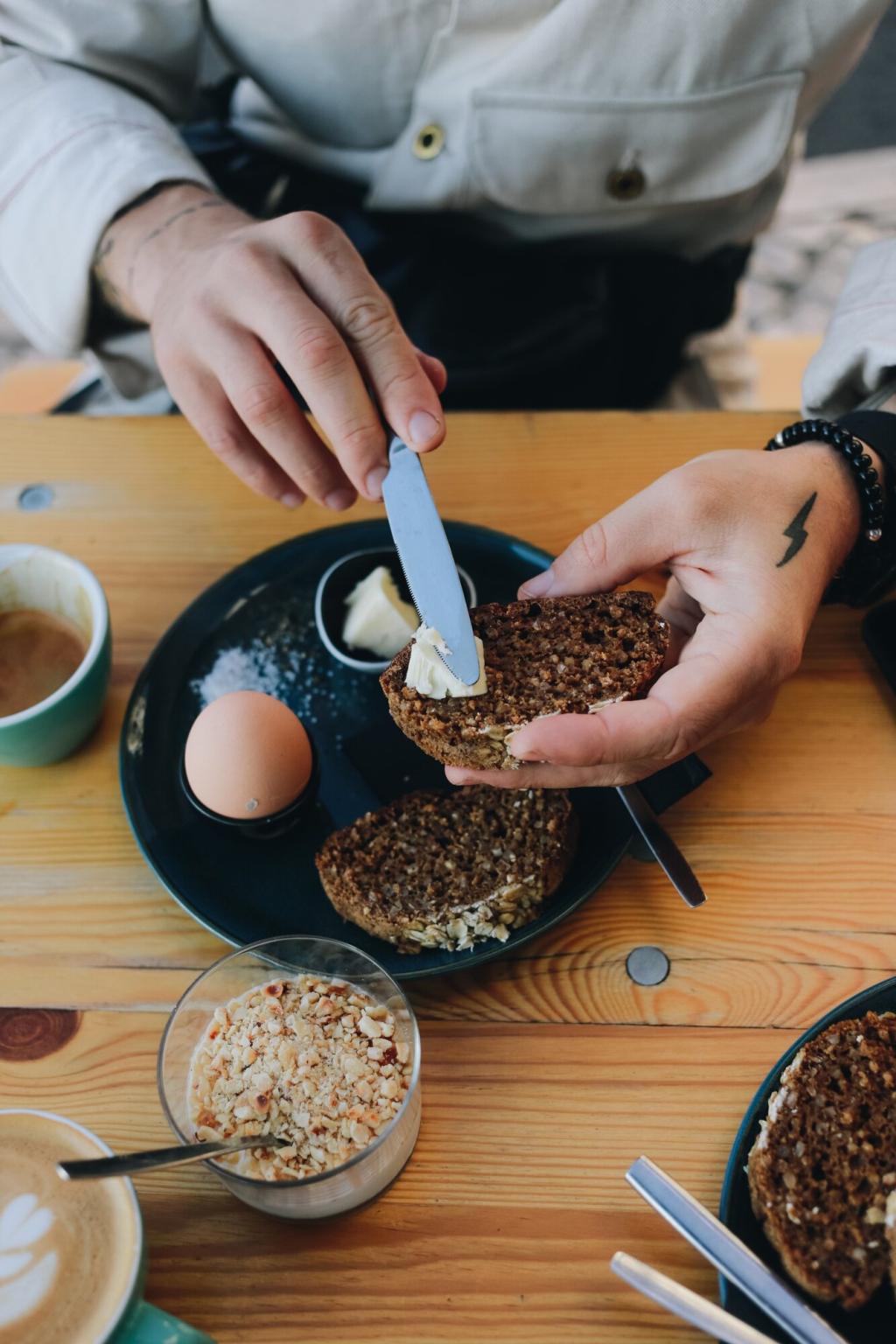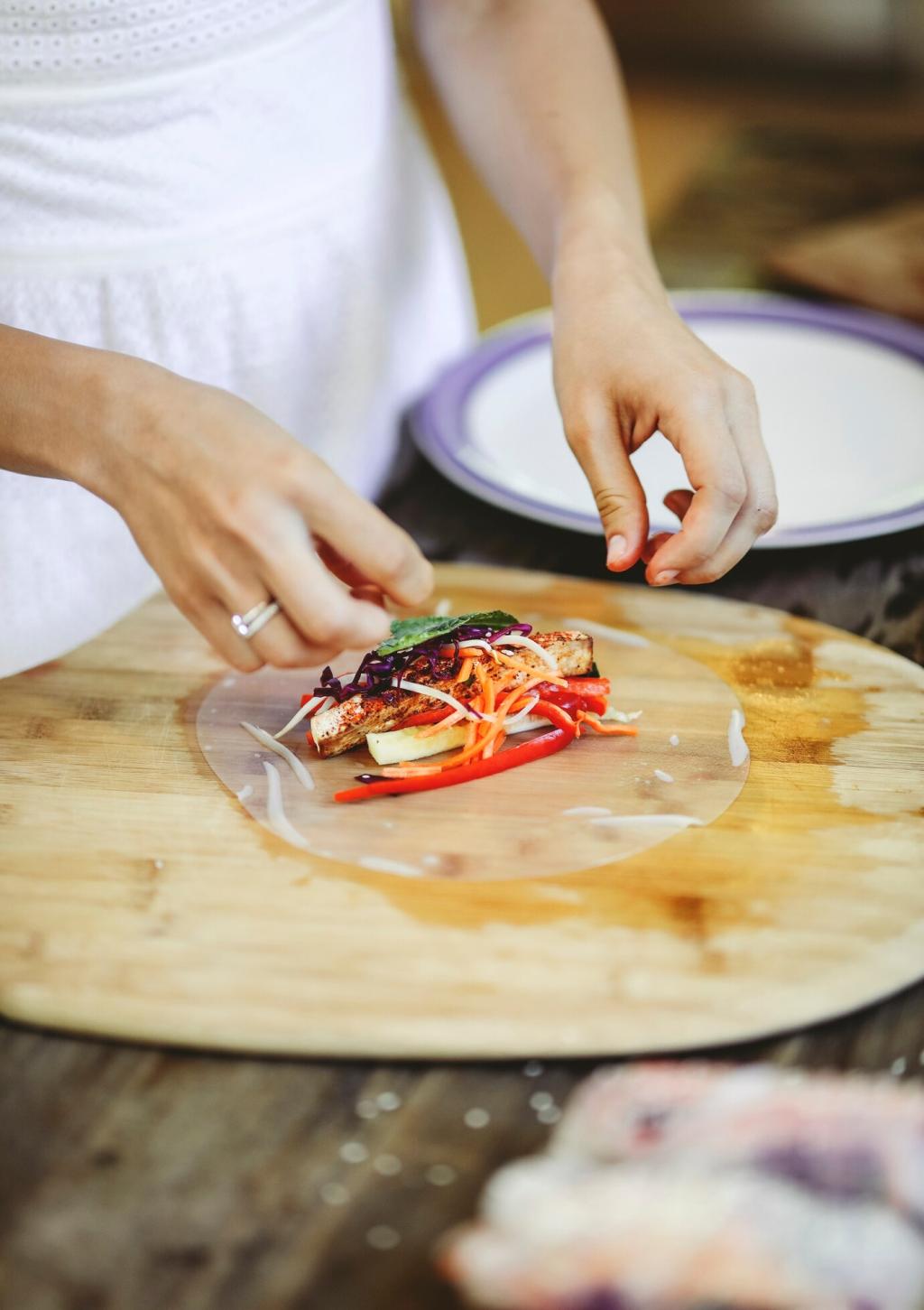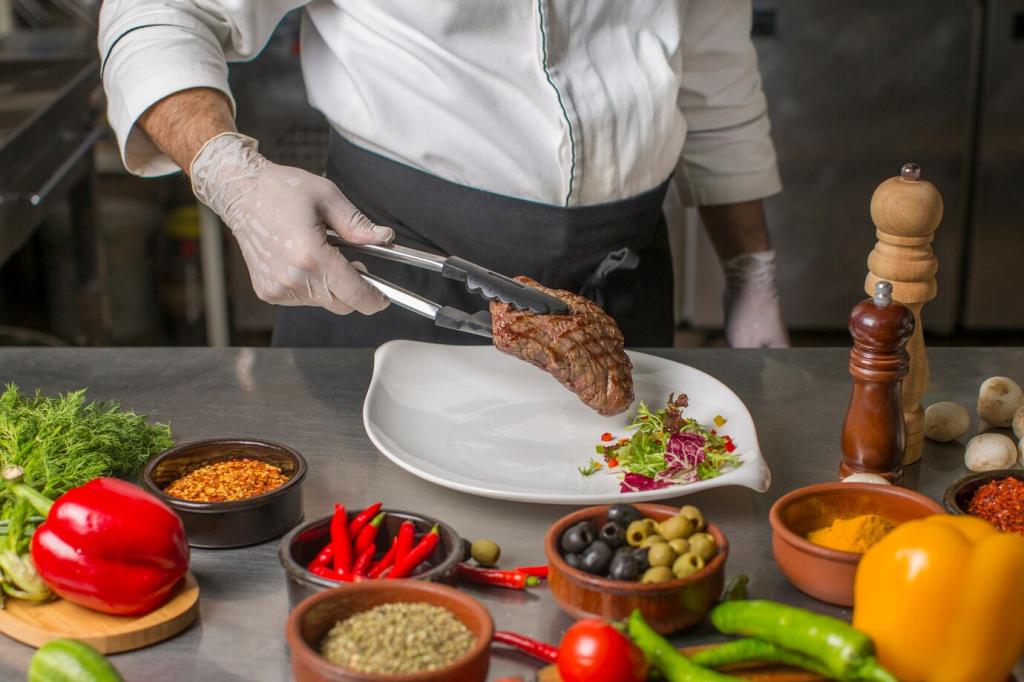
Today’s Theme: Essential Cookbooks for Worldly Chefs
Chosen theme: Essential Cookbooks for Worldly Chefs. Explore the books that anchor a global kitchen, spark curiosity, and turn techniques into everyday confidence. Share your must-haves and subscribe for deeper dives.


What Makes a Cookbook Essential?
An essential cookbook teaches skills that outlast fads: mastering heat, seasoning by instinct, and understanding ratios. When a chapter on sautéing clarifies smoke points, pan choice, and fat behavior, you gain transferable knowledge that strengthens every cuisine you approach.
What Makes a Cookbook Essential?
Headnotes, ingredient histories, and regional notes turn recipes into passports. A great book explains why jaggery differs from refined sugar in certain curries, or why clay pots matter for stews, inviting you to respect traditions while cooking with authenticity and care.
Building a Global Bookshelf
Seek books that unpack wok heat management, noodle textures, rice mastery, fermentation, and balance. A standout Asian foundation explains knife cuts, umami layering, pantry building, and regional differences, helping you move confidently from Cantonese stir-fries to Tamil kara kuzhambu.
Building a Global Bookshelf
Anchor your shelf with texts covering masa science, chiles by heat and aroma, ceviche acid balances, and long-braised traditions. Look for sections on salsas as mother sauces, the anatomy of arepas, and techniques that turn humble beans into deeply seasoned, celebratory meals.


How to Read Cookbooks Like a Chef
Margin Notes and Flavor Maps
Mark substitutions that worked, ideal pans, and heat adjustments. Sketch flavor maps linking acids, fats, aromatics, and textures. Over time, these annotations turn your book into a living guide, revealing patterns that help you improvise confidently across new ingredients and regions.
Ingredient Cross-Training
When a recipe calls for one chile, note comparable varieties and how smoking, drying, or toasting alters flavor. Apply the same thinking to vinegars, citrus, and herbs. Cross-training ingredients teaches flexibility so you can honor intent even when your market selection changes.
Menu Prototyping: Index to Plate
Use indices to assemble balanced menus. Pair a bright, acidic salad with a slow-cooked main and a textural starch. Note prep overlaps, resting times, and garnish strategies. This approach transforms individual recipes into cohesive meals that feel intentional and globally fluent.

Stories from the Test Kitchen
On a stormy night, a decades-old volume taught a perfect pan sauce from fond and butter. The page was stained, the advice precise, and a near-disaster became a silky triumph that fed six, prompted laughter, and reminded us why fundamentals belong within reach.

Care, Curation, and Access
Print Versus Digital? Use Both
Print invites serendipity and margin notes; digital offers searchability and portability. Keep foundational tomes in hardcover near the stove, then carry regional references on a tablet for market trips. Blend formats to learn efficiently and cook boldly anywhere inspiration strikes.
Secondhand Treasure Hunts
Greatness hides in used-book shops and library sales. Older editions often contain harder-to-find regional techniques and forgotten charts. Track wish lists, note publication years, and celebrate patina—grease marks and penciled timings are living evidence of successful, beloved recipes worth repeating.
Indexing Your Library for Speed
Create a simple spreadsheet or notebook with cuisines, key techniques, and signature recipes. Tag pages for sauces, doughs, ferments, and one-pot weeknights. When dinner questions arise, your index points directly to the right book, making culinary problem-solving quick, calm, and creative.
Your Turn: Share, Swap, Subscribe
Which single volume would you keep if the shelf could hold only one? Share the title, a favorite page number, and the dish that never fails. Your recommendation might become someone else’s gateway to confident, worldly cooking tonight.


Your Turn: Share, Swap, Subscribe
Each month, we explore one essential book together, cook a dish, and compare notes on substitutions, spice levels, and plating. Sign up, bring a friend, and help choose future selections so our shared shelf reflects diverse kitchens and real home-cooking realities.
